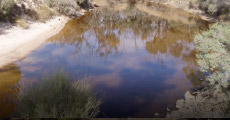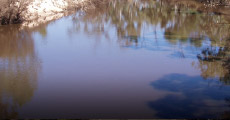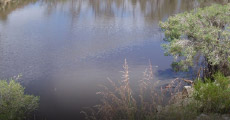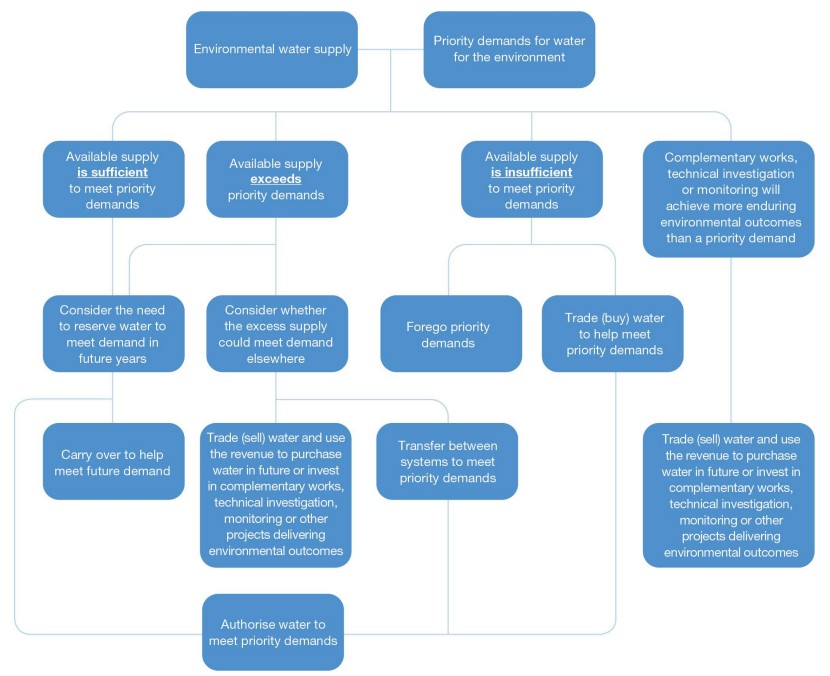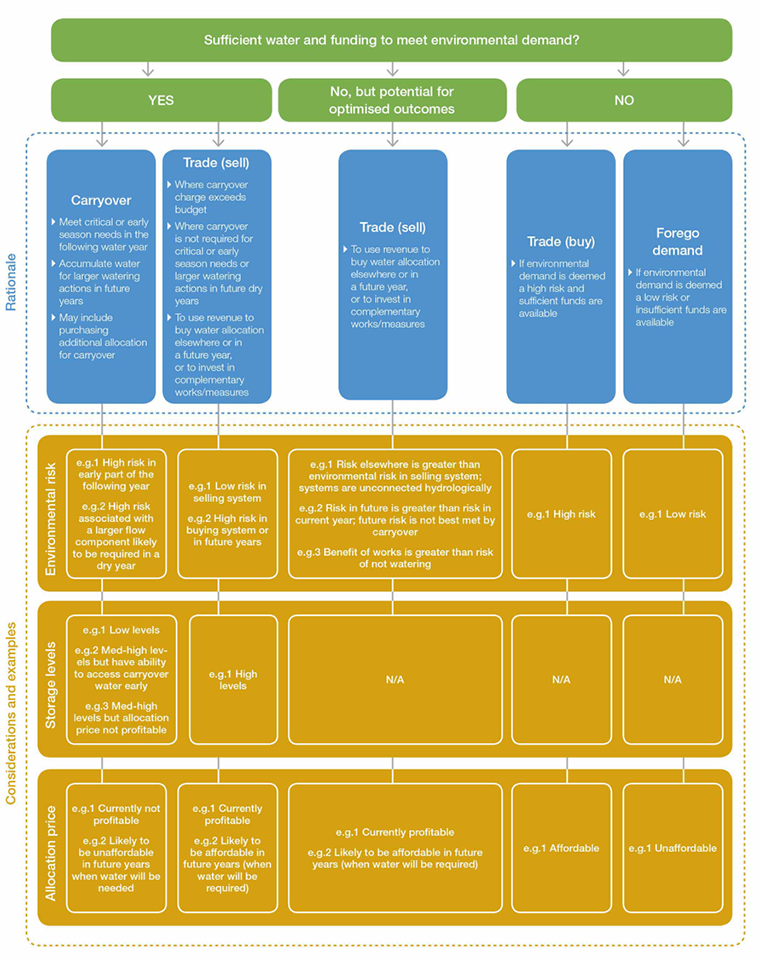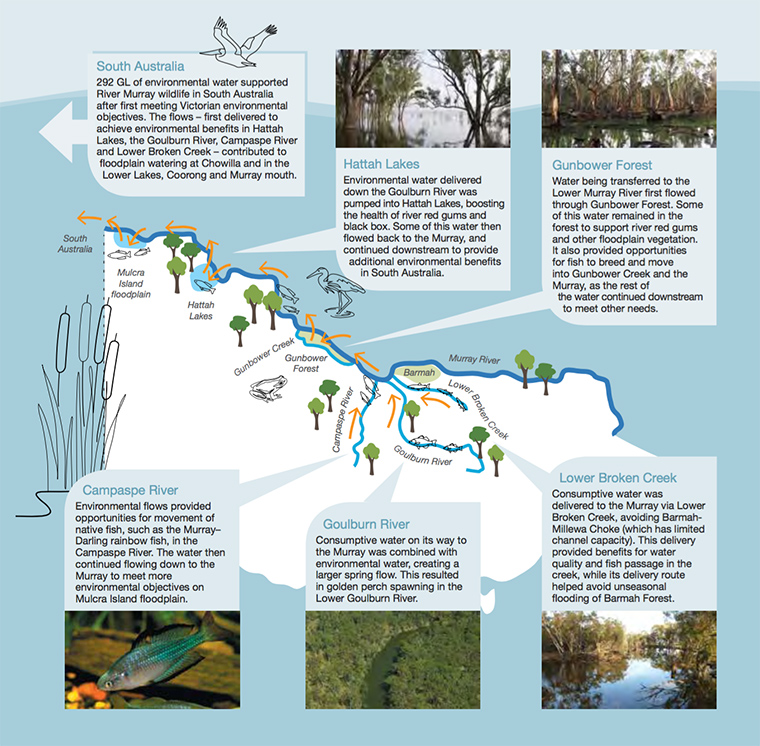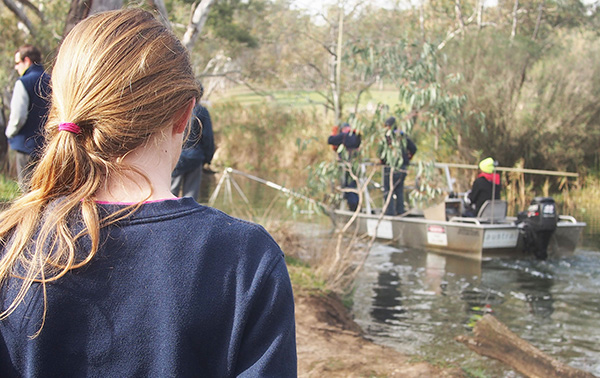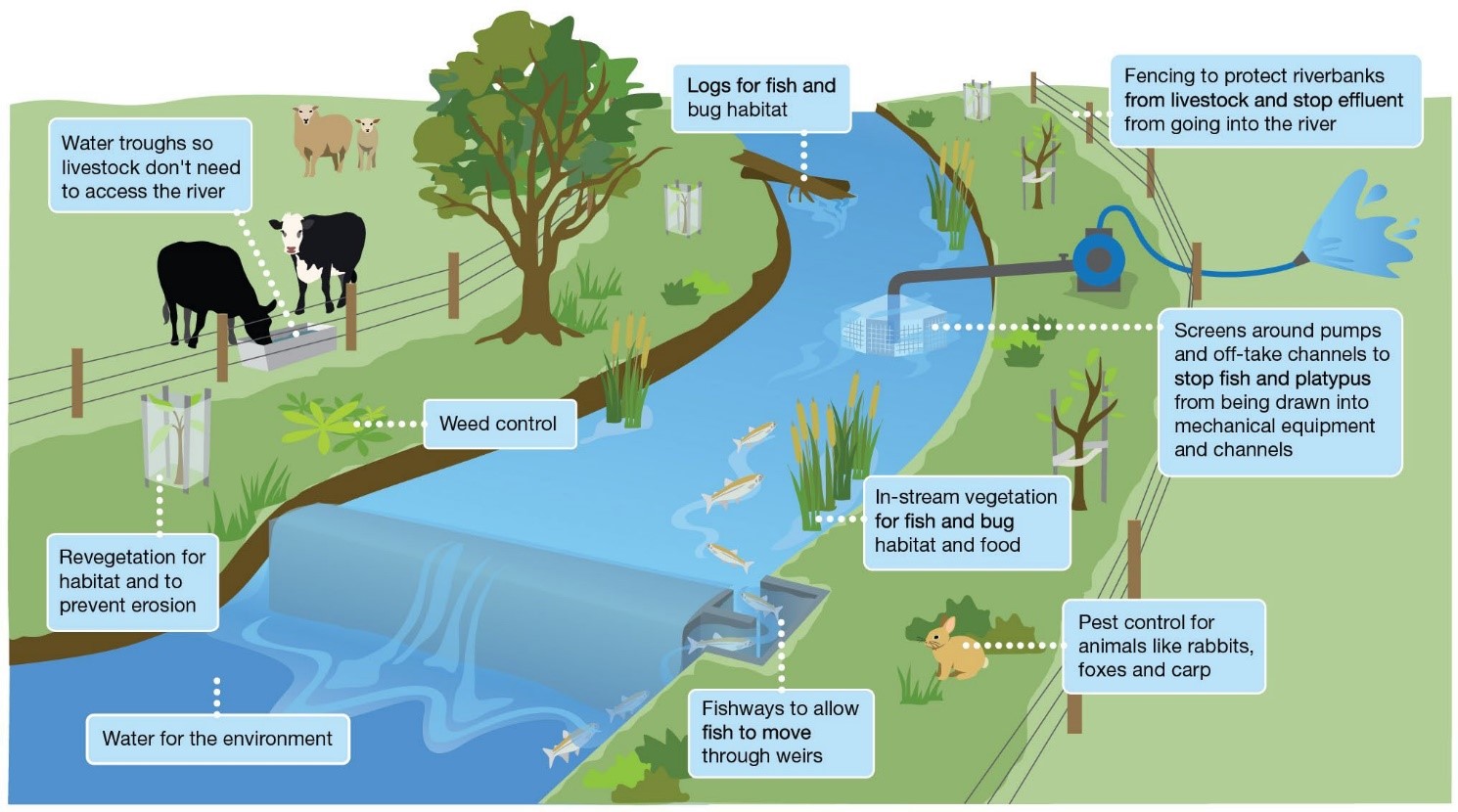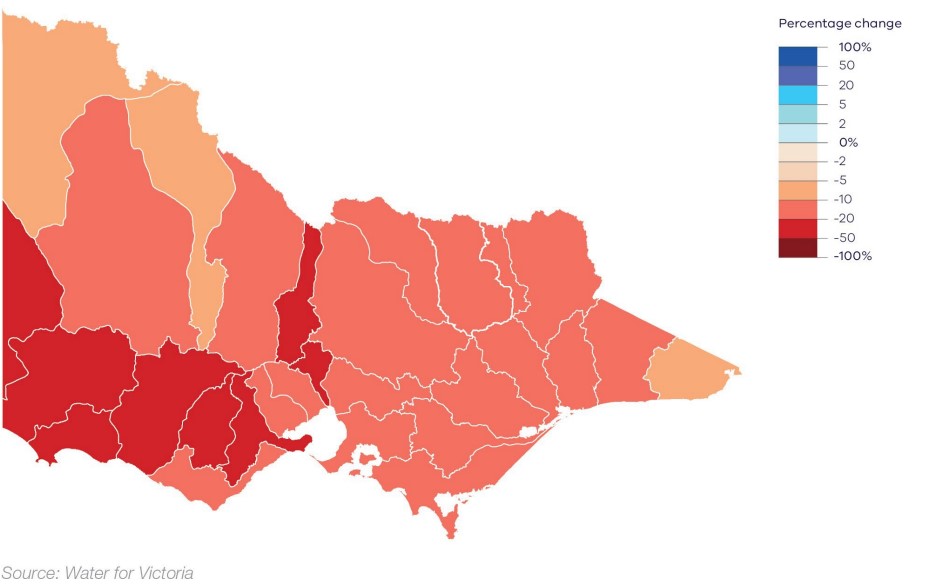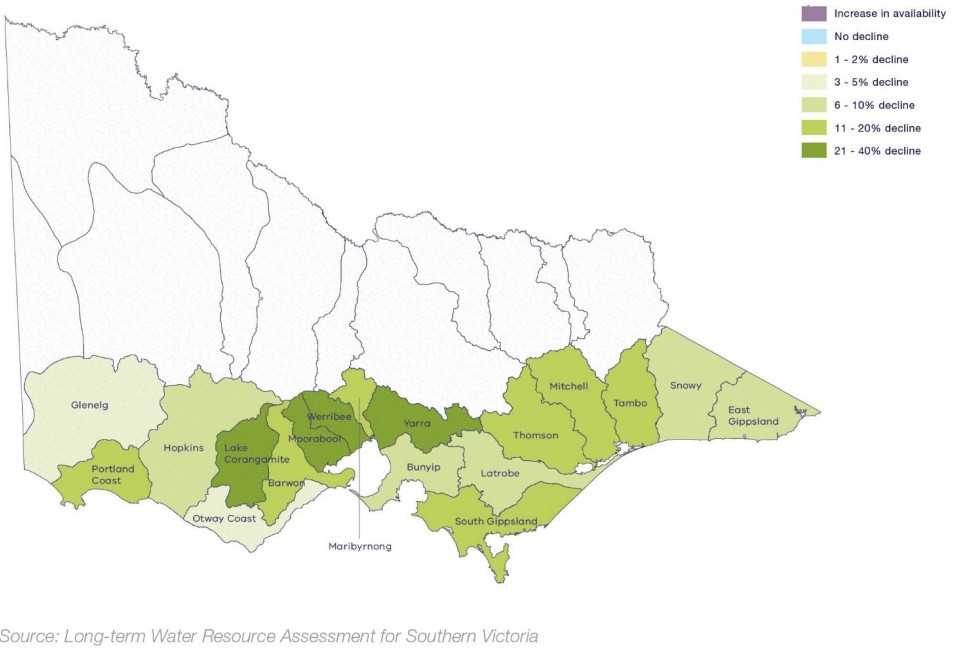Water for the environment aims to protect, maintain and increase the health of waterways where possible to support the native plants and animals whose survival depends on them.
Water held for the environment aims to:
- cue fish migration and breeding
- improve water quality
- improve the condition of floodplain trees
- trigger the growth of wetland plants
- provide feeding and nesting habitats for waterbirds, and
- maintain flows or permanent pools in rivers that could dry out.
Meeting the essential water needs of rivers, creeks, wetlands and floodplains also benefits community wellbeing. There are demonstrated social and economic benefits when environmental watering supports places and waterways where people love to relax, play, and connect with nature.
Water for the environment can:
- sustain healthy Country and help meet cultural objectives for Traditional Owners
- maximise outcomes for kayakers and other recreation users
- coincide with tourism events, using environmental flows to improve amenity, water quality and general visitor experience
- build native fish populations popular with anglers and support bird populations important to twitchers
- benefit irrigation water users by improving water quality, and
- aid local and visiting community experiences through better waterway health vital for wellbeing.
Water for the environment is delivered in 19 water supply systems across Victoria under the VEWH’s seasonal watering plan.
Water availability varies from year to year, and is allocated depending on entitlement rules, seasonal conditions like rainfall and run-off in catchments, and water already available in storages.










 Central Highlands Water
Central Highlands Water Goulburn-Murray Water
Goulburn-Murray Water Grampians Wimmera Mallee Water
Grampians Wimmera Mallee Water Lower Murray Water
Lower Murray Water Snowy Hydro Limited
Snowy Hydro Limited Southern Rural Water
Southern Rural Water Commonwealth Environmental Water Holder
Commonwealth Environmental Water Holder
 NSW Department of Primary Industries, Water
NSW Department of Primary Industries, Water  Victorian Environmental Water Holder
Victorian Environmental Water Holder
